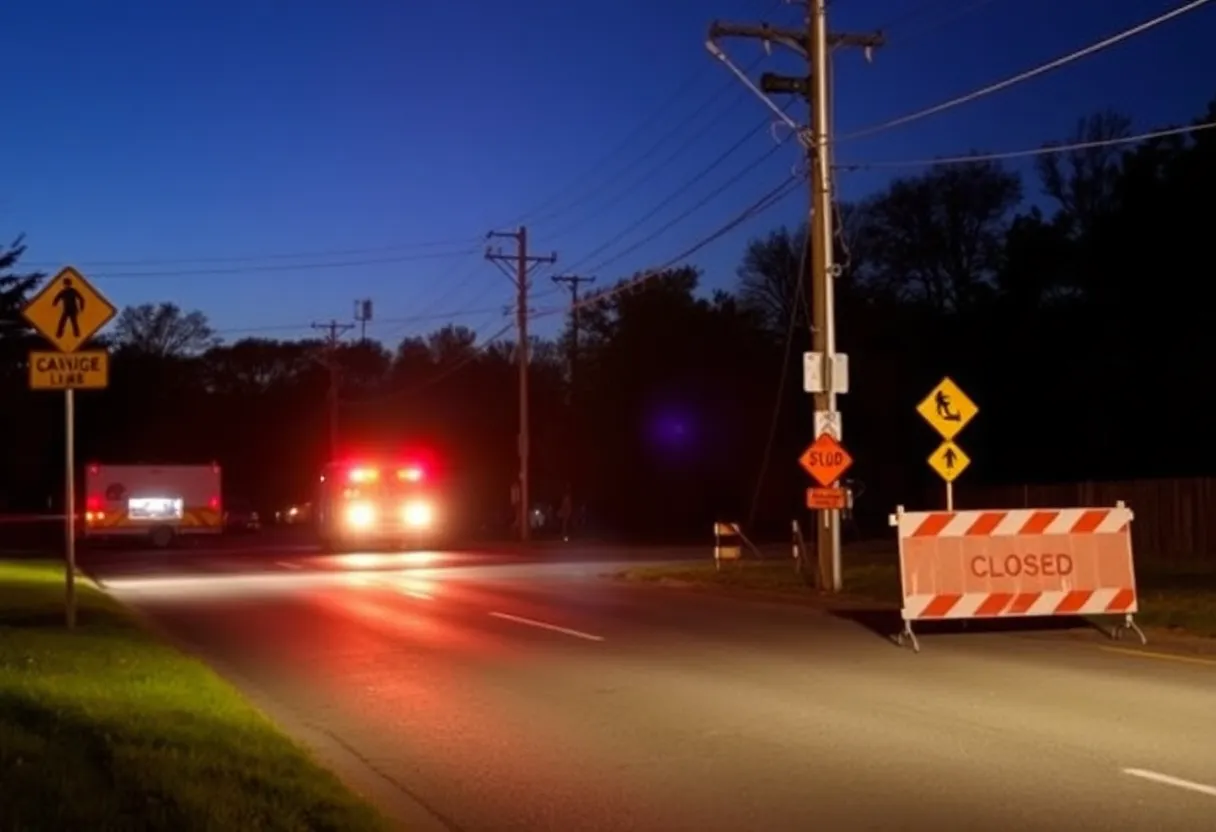News Summary
California faces a potential healthcare crisis as six rural hospitals are at immediate risk of closure due to proposed cuts to the Medicaid program. A report from the Center for Healthcare Quality and Payment Reform warns that these cuts threaten critical healthcare services for vulnerable communities, with over 66 million Americans affected. The financial stability of rural hospitals is crucial, as they serve as primary healthcare providers. The proposed budget cuts could lead to further closures, exacerbating the healthcare access issues in rural areas.
California is facing a potential healthcare crisis, as six rural hospitals are identified as being at immediate risk of closure due to proposed cuts to the Medicaid program. This alarming revelation comes from a report by the Center for Healthcare Quality and Payment Reform, which highlights the significant threat these cuts pose not only to the hospitals themselves but also to vulnerable communities reliant on their services.
The proposed budget cuts, introduced in the recently unveiled House Republican budget plan, would severely impact healthcare services for the approximately 66 million Americans living in rural areas. This demographic makes up about 5.8% of California’s population, based on data from the 2020 Census and the American Community Survey.
California is home to 58 rural hospitals, making the immediate risk faced by these six facilities particularly concerning as they represent just over 10% of the state’s total rural hospitals. Along with the six hospitals currently identified as at risk, a total of 23 rural hospitals in California could be threatened by the budget proposals.
Nationally, the landscape is similarly bleak, with approximately 700 rural hospitals, which accounts for one-third of the total number of rural facilities in the country, reported to be on shaky financial ground. The situation has intensified over the years, with nearly 200 rural hospitals closing nationwide since 2005; eight of those closures occurred in California alone. These closures have significant ramifications, with millions of Americans losing access to critical medical services such as emergency care and inpatient treatment, which are more readily available in urban centers.
Rural hospitals typically operate on very tight financial margins, making Medicaid funding vital for their survival. With many rural residents reliant on public insurance, the proposed cuts could jeopardize the stability of these essential healthcare providers. This concern has been echoed by California’s Fourth District representative, who warned that $715 billion in Medicaid cuts could endanger these hospitals and strip health coverage from approximately 13.7 million people.
The report indicates that the hospitals at risk serve isolated communities, accentuating the troubling implications of a potential closure. For many residents, losing access to local hospitals may necessitate long travel distances to receive essential healthcare, exacerbating the already precarious situation in these areas.
Rural hospitals also play a critical role in delivering immediate medical services, functioning as the primary providers of lab tests and basic healthcare in their respective communities. The consequences of hospital closures could extend beyond personal health, with economic impacts threatening sectors integral to rural economies, such as agriculture and energy.
Labor and delivery units are particularly vulnerable, with over 50 units closed in California over the past decade due to financial constraints and staff shortages. A 21% decrease in available maternity units has been recorded, leading to scenarios where expectant mothers may have to drive 90 minutes to two hours to access vital maternity services. This is alarming given that around 40% of births in California are funded through Medicaid, with this funding being crucial for the ongoing viability of maternity wards in rural hospitals.
Adding to these challenges, California is projected to face a shortage of over 1,100 OB-GYNs by 2030, further complicating the delivery of maternity services amid concerns over declining birth rates and the financial pressures facing hospitals.
To navigate these challenges, hospitals are being encouraged to explore innovative measures such as telehealth and collaborative care models. These approaches aim to address workforce shortages and maintain continuity in necessary maternity services. However, the crisis is expected to worsen as funding mechanisms and state regulations evolve, particularly in light of potential adjustments to the Affordable Care Act.
The future of rural healthcare in California hangs in the balance, making it imperative to evaluate the implications of proposed budget cuts and their ripple effects on community health and safety.
Deeper Dive: News & Info About This Topic
- Patch: 6 CA Hospitals at Immediate Risk of Closure
- Wikipedia: Healthcare in the United States
- New York Times: Maternity Wards Closing
- Google Search: Rural healthcare in California
- Los Angeles Times: California Hospitals Scramble on Earthquake Retrofits
- Google Scholar: California hospitals closure
- Reuters: Court Tosses Rule Boosting Rural Hospitals’ Medicare Payments
- Encyclopedia Britannica: Medicaid
- Alabama Reflector: Alabama Rural Hospitals Caught in Vicious Cycle on Medicare Wage Index
- Google News: California hospital funding cuts








